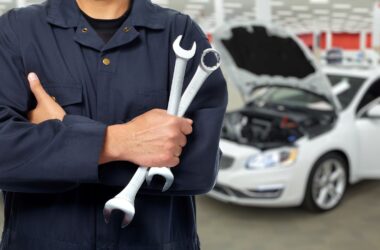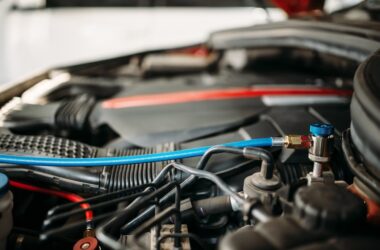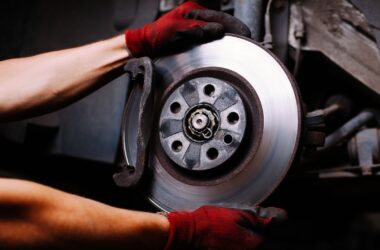A diesel particulate filter (DPF) is just a part of the exhaust system which captures gas particulate matter (soot). After the filter is full, the engine undergoes a cycle called regeneration that is active. Throughout the regeneration period, the engine idle speed is raised and gas fuel is injected into the exhaust flow to improve temperatures at the DPF, efficiently burning soot recorded inside the filter. As the utilization of some DPF is extremely efficient in eliminating upto 99 percent of diesel soot emissions, even the DPF can be an incredibly prohibitive apparatus, and also the busy regeneration cycle somewhat hurts fuel market. DPFs are found on new Duramax, Cummins, and Power Stroke diesels as a way to obey strict EPA falsified gas emissions regulations.
Assessing the DPF is valid for off road use only. According to the U.S. climate Act, tampering with almost any emissions control device within a car is prohibited. Preventing the DPF can be a punishable crime, even though it isn’t yet widely accessible by the EPA. Because of this, most contractors and manufacturers of DPF delete kits require buyers to sign up an”off road use just” waiver, eliminating or limiting their accountability. In States that want emissions testing or inspections for diesel pick ups, DPF removal may instantly lead to a failed review.
That said, your frustrations with the DPF system are clear and it has led in lots of lawsuits targeting law makers at the Federal and State degree. When particulate filtration were introduced, fuel economy and dependability badly suffered. Tech has since progressed and lots of the concerns are addressed, but that doesn’t signify that the DPF is not without severe drawbacks.
DISADVANTAGES OF DPF SYSTEMS
- paid off fuel market – Lively regeneration cycles present raw gas gas to the exhaust flow as a way to enhance the warmth of the DPF delete, burning particulate matter trapped inside the filter and cleaning it. This leads to substantially reduced fuel efficiency, demonstrably originating from using fuel for means aside from propulsion.
- extortionate air gas & washing dilution – Specific model year vans suffer with excess fuel dilution and air washing like a consequence of the active regeneration procedure. These trucks inject gas to the combustion room late at the exhaust stroke therefore your unburnt gas travels to the exhaust flow. This leads to fuel dilution of this engine cylinder and oil washingmachine, which then removes the thin picture of protective engine from the cylinder wall. A has since proceeded involving using a passionate injector which injects fuel into the exhaust system, eliminating anxieties.
- paid off reliability, higher downtime – Acute reliability concerns have emerged about aftertreatment procedures, probably the most usual which can filter flushing. Under proper situations, the DPF must perhaps not clog and regeneration cycles needs to really be mechanically initiated as crucial to occasionally wash out the filter. But, filter flushing has come to be a continuous problem for most owners and also the trustworthiness of the systems has come into question on many occasions.
- security concerns – The warmth of the exhaust system may exceed 1000° F throughout busy regeneration, increasing the probability of fire. DPF armed trucks shouldn’t be controlled in/around tall bud or other surroundings where there’s a higher danger of opening a flame. There also have been cases of trucks grabbing flame, the reasons which can be believed to have been an error of the DPF technique. This really is certainly one of many concerns being mentioned in lawsuits from the California Air Resources Board (CARB), who’s demanded that the retro fitting of all both semis operating within CA using DPF techniques.
If you are looking for details about all coffee stuff, you can visit website: https://defdeletekits.com/










